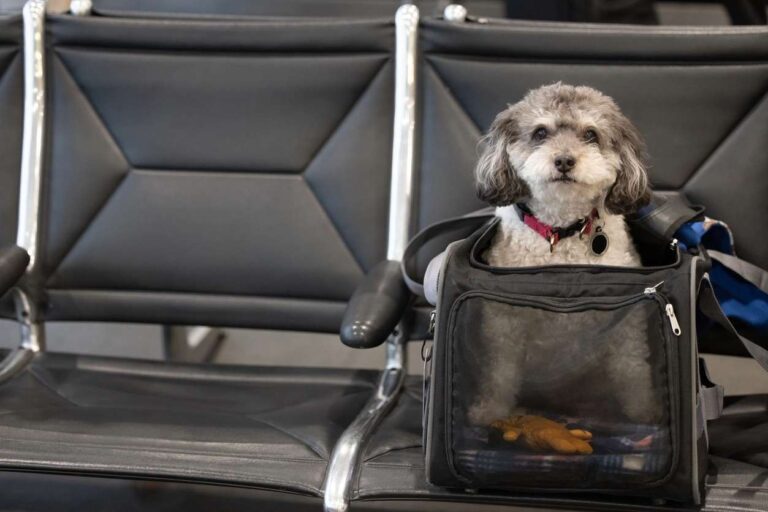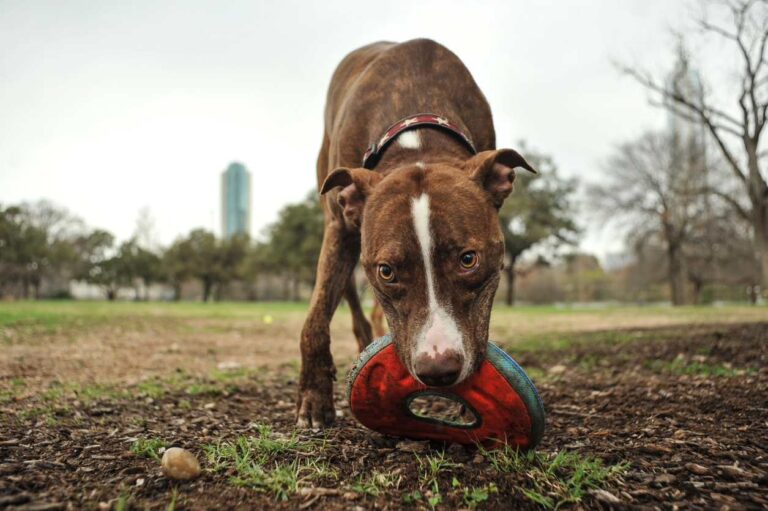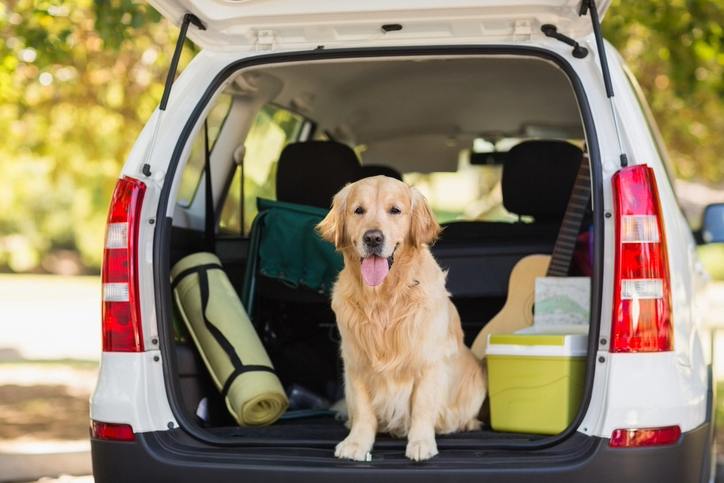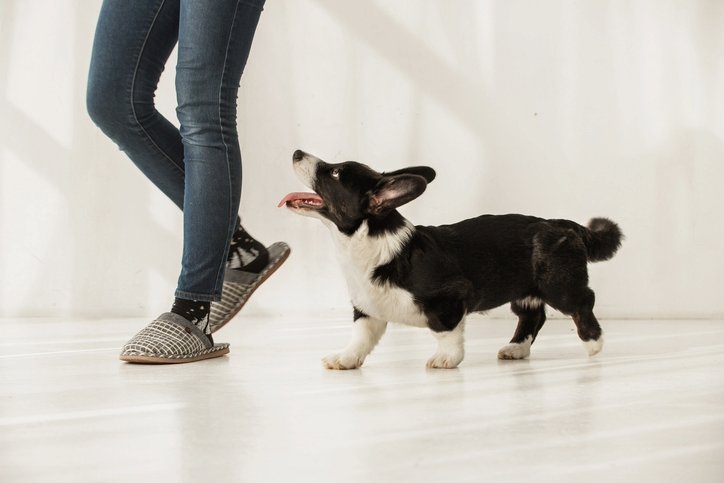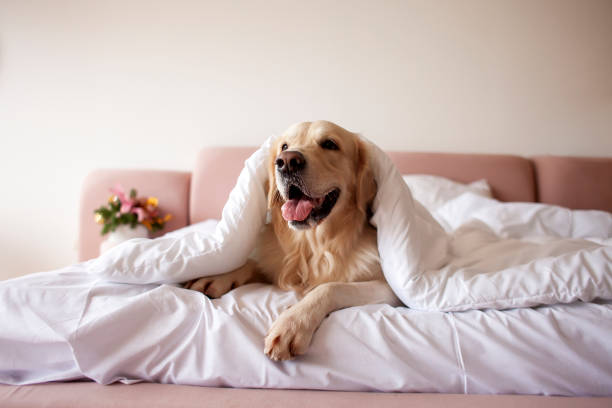Are you planning on taking your puppy on a plane but unsure what you need? Flying with your new puppy can be overwhelming, especially if it’s your first time. From understanding airline pet policies to keeping your puppy calm at the airport, there’s a lot to think about. In this guide, we will cover training your puppy to use a pet carrier and basic rules of airline travel.
Know the airline rules.
Before you start training, make sure the carrier you choose is airline-approved, well-ventilated, and large enough for your puppy to stand up and turn around comfortably. Airlines have specific rules regarding carrier dimensions, placement under the seat, and which seats can have pet carriers, so it’s best to check your airline’s pet policy well in advance.
Though it’s not required by Texas law, airlines may require you to have a health certificate signed by a veterinarian within 7 to 10 days of the travel date. Not all airlines require a health certificate, so it’s best to check with your specific airline to see which documentation you need.
Supply list
It’s important to know what supplies to bring for a flight with your puppy. Although your puppy will be in a pet carrier during the flight, you will need to pack supplies to ensure your puppy is comfortable, well-nourished, and has all the necessary paperwork for travel. We recommend bringing:
- Pet carrier
- Vaccination records and health certificates (if needed)
- Potty pads
- Poop bags
- Stuffed kongs and treats
- A Collapsible water bowl
- Non-squeak able toys
Meals and Potty breaks before a flight
When training your puppy to use a pet carrier, it’s important to plan ahead for meals and potty breaks to keep them comfortable during travel. Feeding schedules should be adjusted based on your dog’s age and typical feeding schedule. For adult dogs, it’s best to stick close to their regular feeding times while making sure they have time to relieve themselves before the flight. For puppies, consider offering a small meal about an hour before takeoff; this allows time for a potty break, helps them stay settled, and then they can spend the flight digesting what they ate.
Water takes about 1-2 hours to pass through a puppy’s digestive system, so we recommend providing your puppy with scheduled water breaks from a collapsible water bowl so you can best monitor them. We recommend placing potty pads inside their pet carrier in case of accidents.
Remember that eating and drinking stimulate the bowels, so your puppy will need a potty break after eating. Many airports have designated pet relief areas for their potty breaks.
Crate (carrier) train before the flight
When training your puppy to use a pet carrier, you must get them comfortable and calm. If your puppy is too disruptive, they may be refused entry on the flight.
Step 1. Introduce the pet carrier to your puppy
We recommend starting slowly to help your puppy feel comfortable with the carrier. Begin by leaving the door open and placing some treats or a toy inside. When your puppy enters the carrier, offer verbal praise, such as saying “good,” and give them another treat. Keep the door open and allow them to stay in the carrier for as long as they like. As your puppy becomes more accustomed to the carrier, continue to entice them with treats. Start to close the door for short periods and then open it again. You can close the door again, toss in some treats, and repeat the process.
Step 2: Positive associations with the pet carrier
Once your puppy feels comfortable staying in the pet carrier while you are in the same room and the door is closed, you can gradually increase the time your puppy spends in the carrier.
Start by keeping them in the carrier for 5-10 minutes when you are outside the room. You can leave their meals in the carrier as it will create a positive association between the food that they like and the pet carrier. You can leave a stuffed kong in the crate. If you need help stuffing the kong, we recommend our blog on “How to stuff a Kong like a trainer“.
Travel can also be used as a positive association. The puppy should go in the carrier anytime they go somewhere in the car, such as a daily trip to fun places like Starbucks, Home Depot, or a dog park.
If your puppy is crate trained, you can place the carrier directly in front of the crate. As long as the puppy doesn’t have destructive tendencies, they can spend time in the carrier when they typically use the crate.
Do not let them out if they are whining, barking, or scratching at the pet carrier, you want them to understand they they need to be quiet if they want to be let out.
We’re here to help
If you need help with obedience, manners, and behavioral issues training, including reactivity and touch sensitivity, then we recommend you schedule a free consultation with our Pet Behavior Team. We offer professional advice and detailed information on our training programs and science-based training methods. Our training methods are all conducted through one-on-one sessions at your home and neighborhood.
If you would prefer to meet remotely or live outside our service area? Our Certified Applied Animal Behaviorist, Dr. Echterling Savage, provides Virtual Consultation training programs. During these sessions, she will develop an individualised training plan that meets your training goals.
